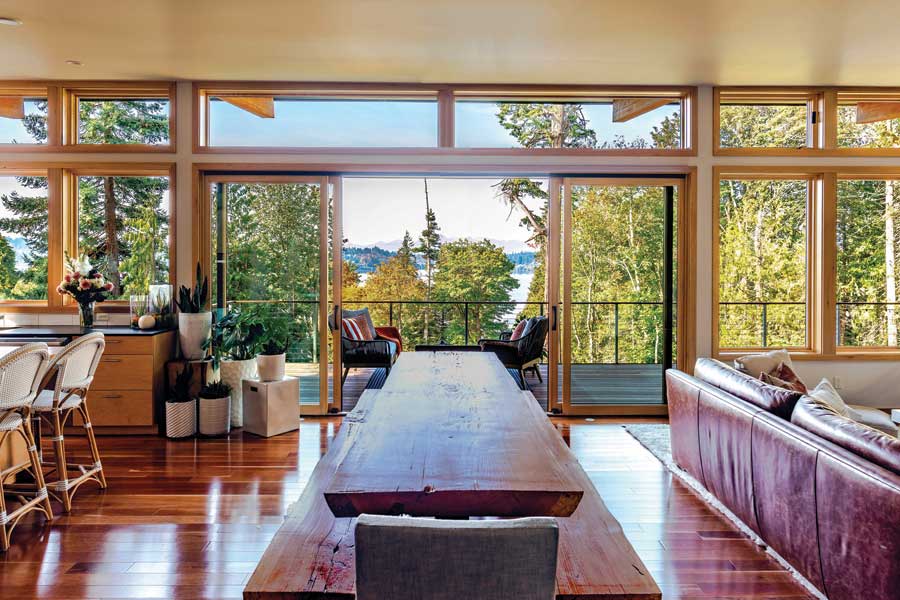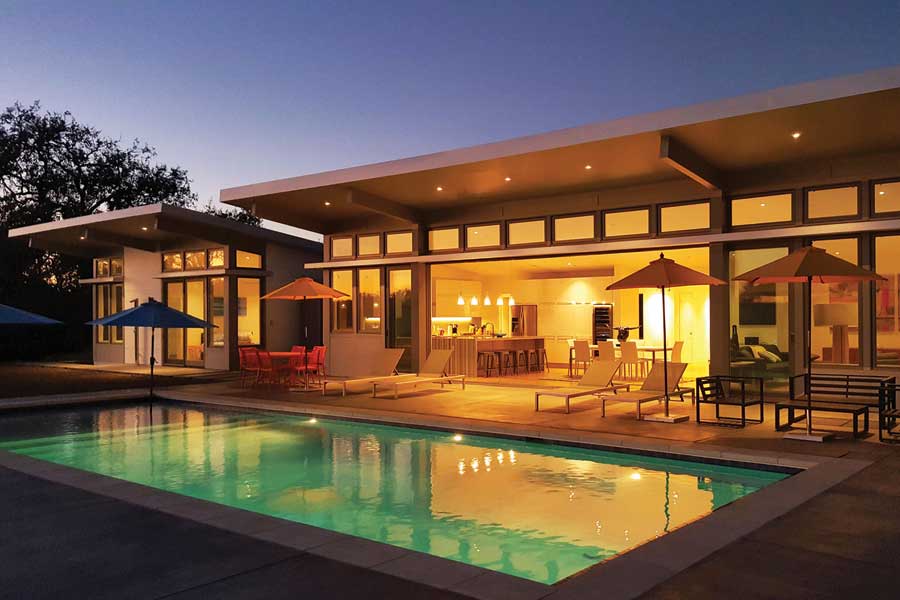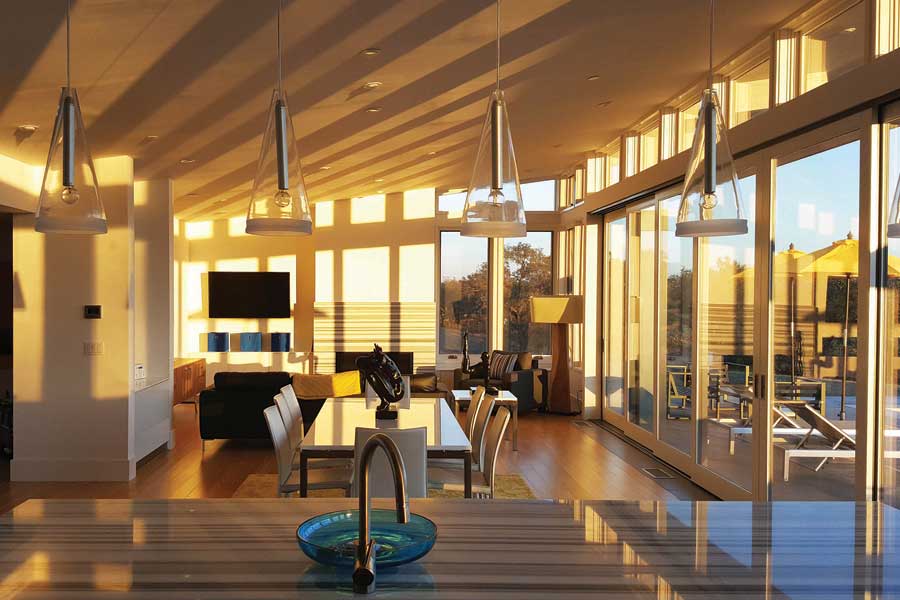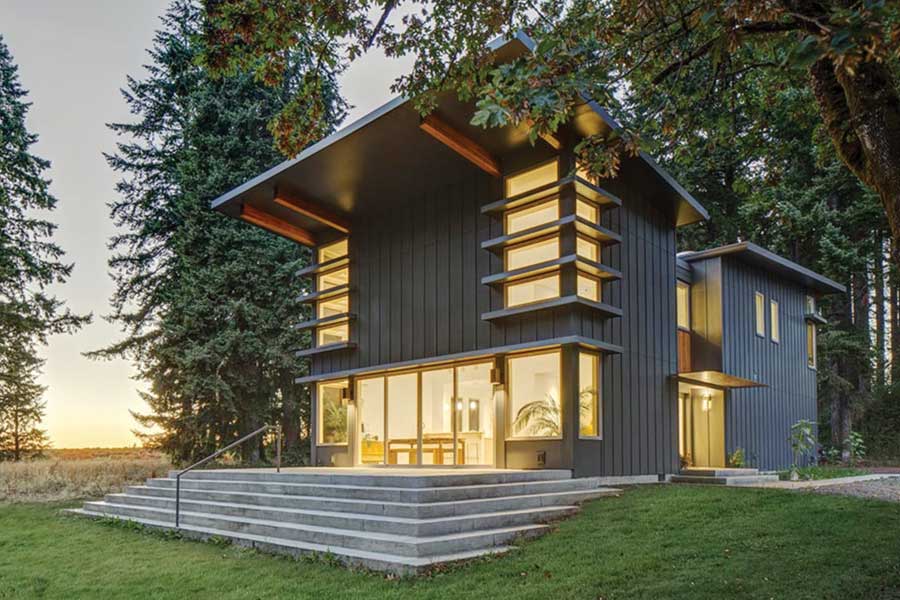Fabulous, Fantastic Prefab Homes
28 Mar 2019
Prefab homes are increasingly popular in the eco-friendly housing market.
By Becca Blond Photos by Stillwater Dwellings When it came time to purchase their first “new” home, Richard and Vicky Nunamaker of Cedaredge, Colo., decided to go the prefab route. It’s a growing trend among homebuyers, for a number of reasons.















